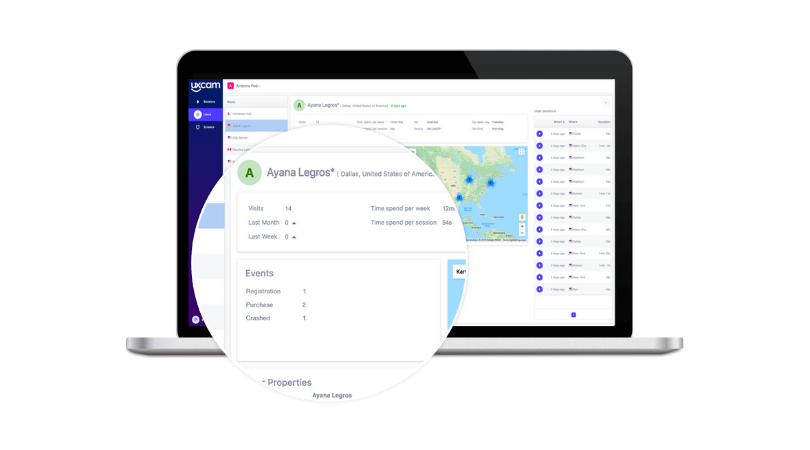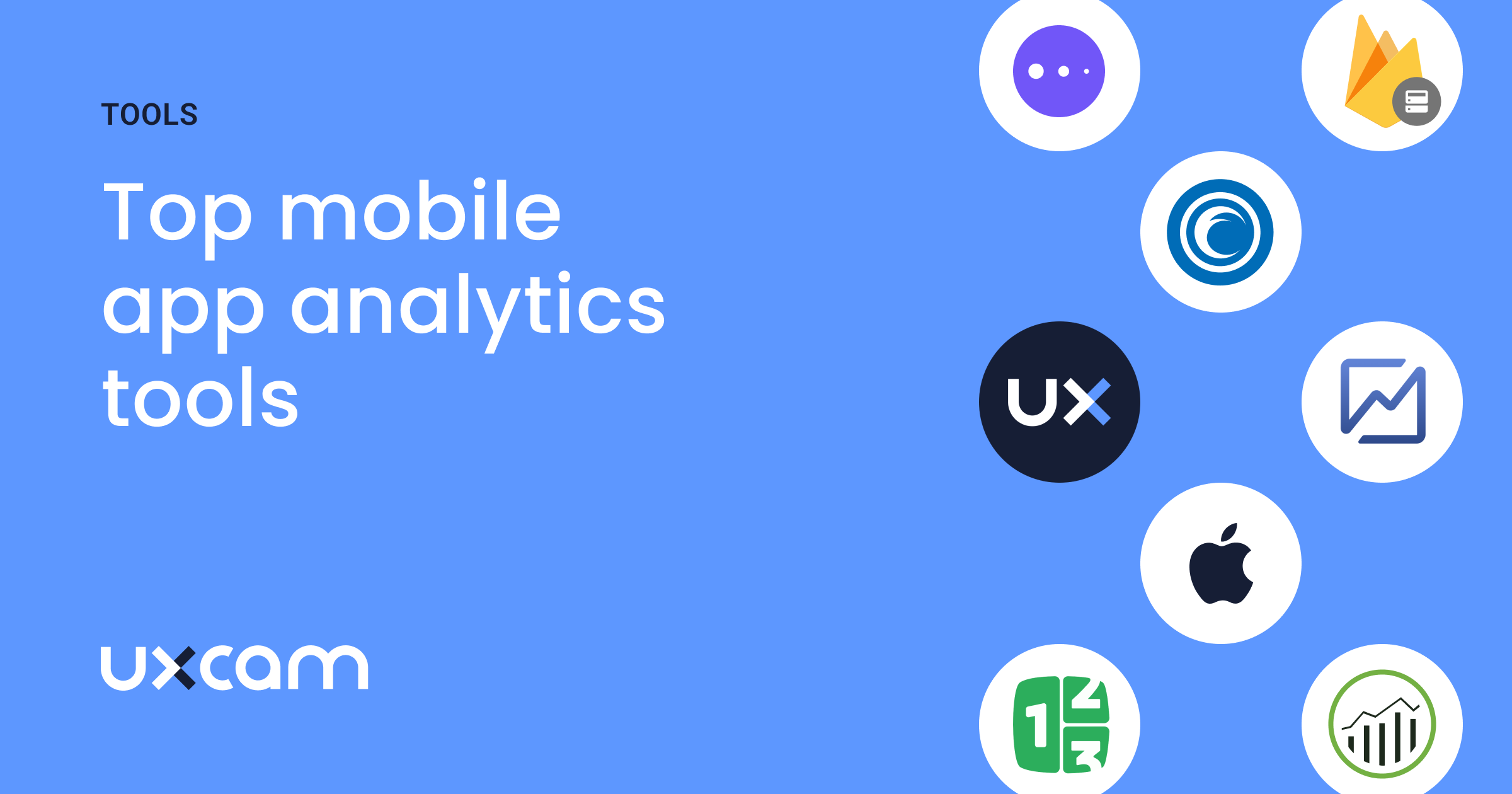Back to blog
3 MIN READ
3 Hidden Secrets for Tracking Mobile App Onboarding
PUBLISHED
24 February, 2019

Product Analytics Expert

You think you’ve designed the most user-friendly onboarding process. You have found the best way to show your users how your app works and what they can expect from your app.
There are many other app developers who think the same – and have just created an onboarding experience that confuses and deters users.
“32 percent learn about application performance issues from end users” – ManageEngine
How can you prevent these? How can you know whether your onboarding process is good or bad?
App monitoring and qualitative analytics give you the opportunity to find out how good your onboarding process is.
Review Your App Onboarding
Onboarding is a process that makes your users familiar with your app.
There are three main onboarding techniques which you can offer to your users. Every technique follows a different goal. It’s possible to use these techniques separately or mix them.
Benefit-oriented onboarding: explain the main value of your app
Function-oriented onboarding: summarize the main functionalities of your app
Progressive onboarding: show the user the main functionalities during a walkthrough through your app
To learn more about the different techniques of app onboarding check out the article “How not to lose users during app onboarding”.
What is Mobile App Monitoring?
Mobile Application Monitoring is the process that makes sure that measures and monitors the performance of your mobile application. Its main goal is to provide app users with the best user experience. To get a full picture of the user experience you can focus on qualitative analytics and on quantitative analytics.
Qualitative and Quantitative Analytics
Quantitative defines information about quantities and numbers. App speed. Error rates. Daily Active Users. And so on. Qualitative instead of this defines information about qualities like emotions and experiences. Numbers can´t measure this information. The information is subjective.
Quantitative analytics has many advantages but one big disadvantage: It tells you that your app is slow, unpopular or often canceled but it doesn’t tell you why.
Qualitative analytics allow you to learn more about your users and their behavior, step into their shoes and see the app from their point of view.
Download FREE ebook - How to improve your app UX With User-Focused Onboarding
Application Monitoring Tools
By watching replays of your users’ sessions you learn more about how your users use your app and which route they take through it. You’ll notice how much time the users spend on every screen and where your users drop off your app. You’ll find out if there are any technical problems like errors while the users are trying to create an account after the onboarding process. It is the ultimate mobile application monitoring tool.
For your onboarding process, you learn how your users use your app and where you should focus during your onboarding process.


By analyzing the users, you’ll find out how different personas are using your app. You’ll find out the different behavior of new and experienced users.
By analyzing the behavior of current users, you can reduce churn rates and with this keeping your users.
By analyzing the behavior of current users, you can reduce churn rates and with this, keep your users.


By analyzing every single screen of your app you’ll find out on which screen your users spend a lot of time and which screens they skip. You’ll find out which screens crash often and where your users’ exit. Touch heatmaps will help you find typical usage patterns and well performing CTA’s.
This information helps you to find out which screens you should delete from your onboarding process. You will notice on which screens your users spend a lot of time on and which are too complicated.


Conclusion
Quantitative analysis allows you to get information about numbers. The problem with just using this way of analysis is that information can get lost in translation or just can’t get measured because they are subjective.
Qualitative analysis instead of this focus on subjective information of the users. Qualitative data are rich in insights of the users’ mind and behavior, but the information is individual and subjective.
Analyzing your app is not just about using quantitative or qualitative analysis. You should combine them to get a full picture and all the measurable information of your app users.
We can use quantitative analysis as a basis to work on, e.g. to identify a problem and uncover the actual reason for the problem with the qualitative analysis.
Related Articles:
AUTHOR

Annemarie Bufe
Product Analytics Expert
Passionate hobby dancer. Working at UXCam.
What’s UXCam?
Related articles
Curated List
Top 19 Mobile App Analytics Tools in 2026
Discover the top mobile analytics tools in 2026. Compare features, pricing, and reviews to choose the right platform for app tracking, behavioral insights, and data-driven...

Jonas Kurzweg
Product Analytics Expert
App Analytics
Mobile App Tracking: Practical Guide & Best Tools [2026]
The best tracking tools for mobile...

Jonas Kurzweg
Product Analytics Expert
App Analytics
Best Android App Analytics Tools in 2026
Discover the top 8 Android analytics including UXCam, Firebase, and Flurry Analytics. Compare features, pricing, and platforms...

Annemarie Bufe
Product Analytics Expert


